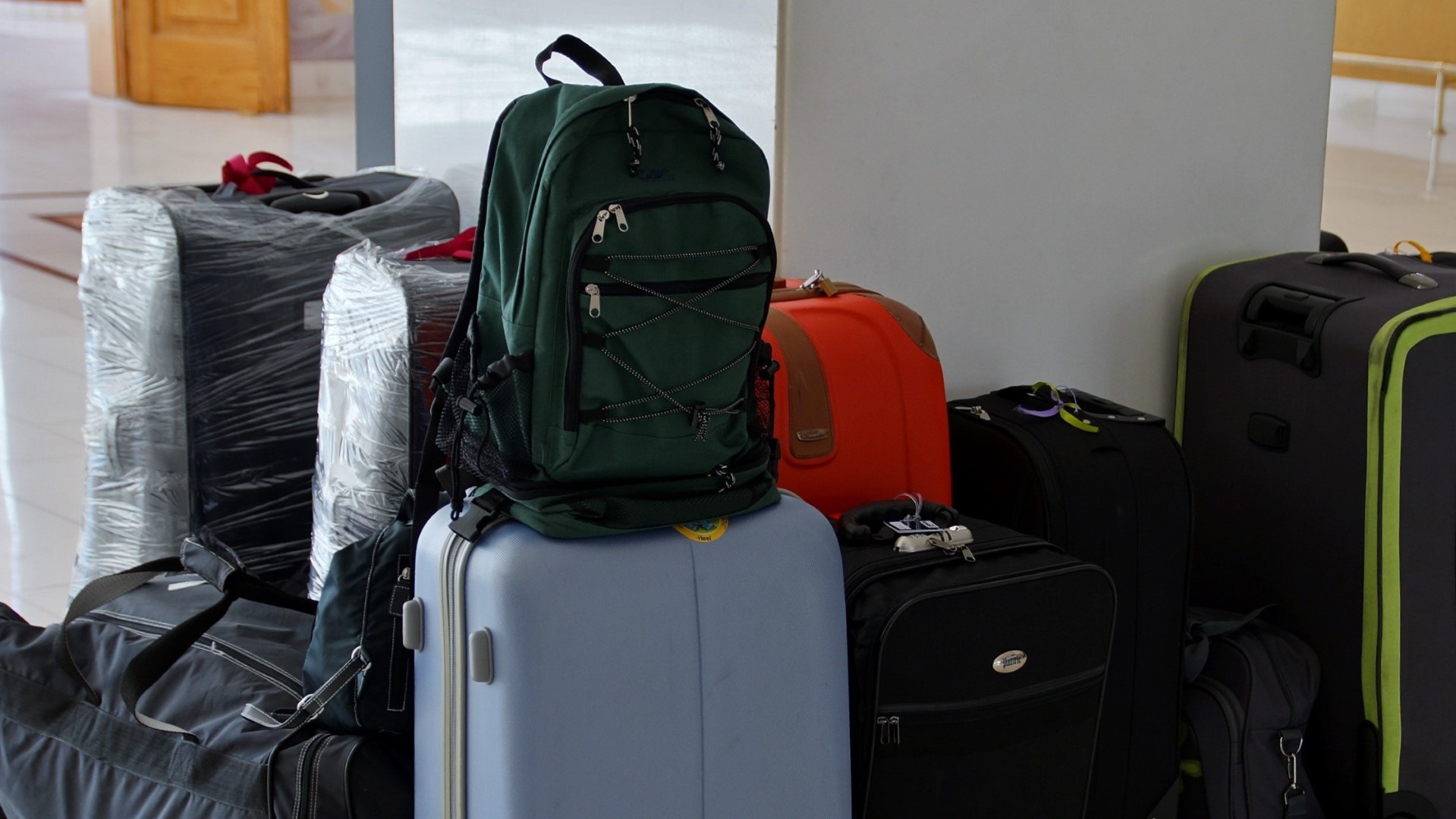This post is also available in:  English
English 繁體中文 (Chinese (Traditional))
繁體中文 (Chinese (Traditional))
Luggage Buying Guide: How to Find the Best Travel Companion?
LIFESTYLE / 2023-04-12
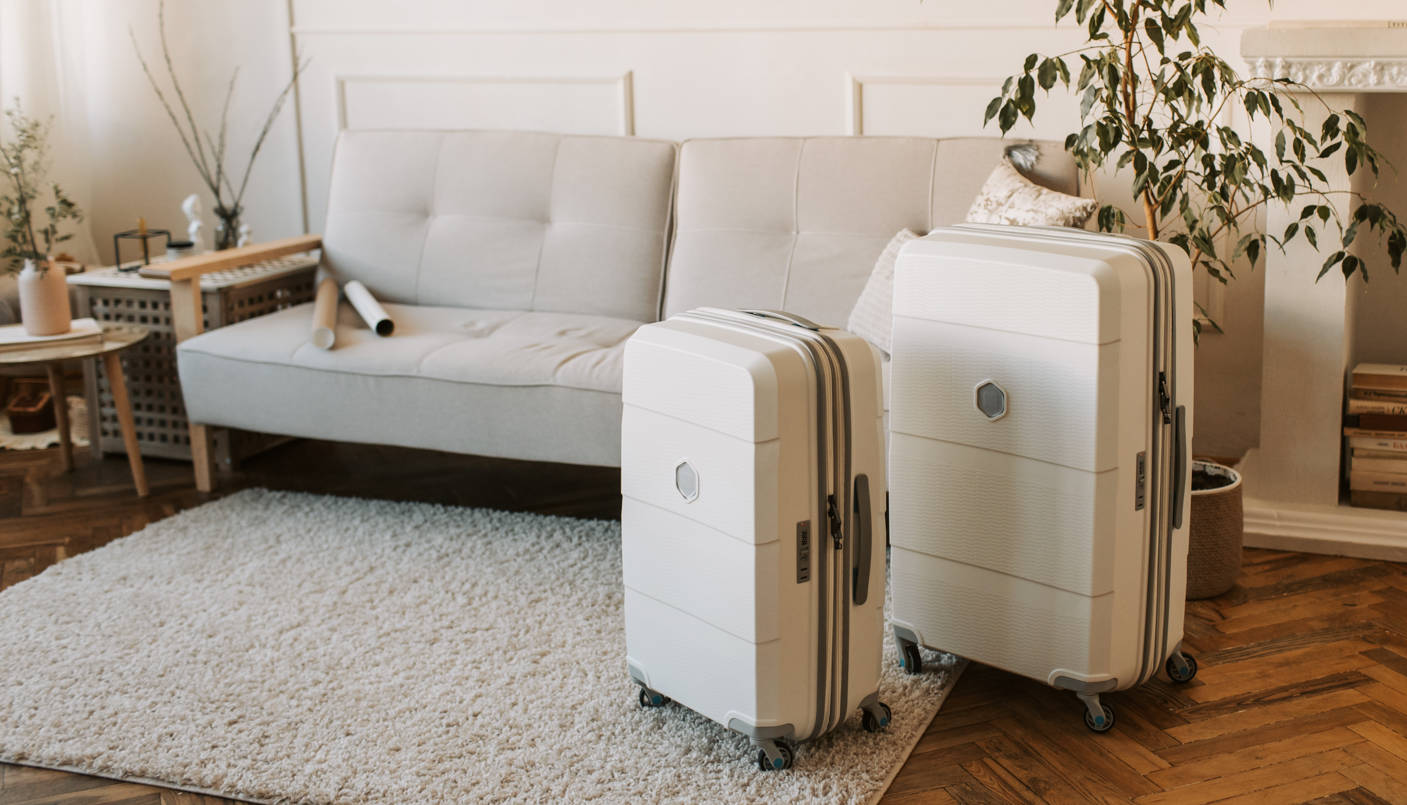
- How to choose the size of the suitcase?
- What is the weight limit for luggage?
- Should luggage be hard or soft?
- How to choose the material of the suitcase?
- Which brands of suitcases are better?
- What types of luggage wheels are there?
- How is the suitcase maintained?
- How to use the password lock of the suitcase?
- Can the suitcase be checked for valuables?
- How can luggage be kept from being lost or damaged at the airport?
How to choose the size of the suitcase?
It is very important to choose the suitcase size that suits you, as a wrong choice may cause inconvenience to your travel. Here are some suggestions on how to choose your suitcase size:
Check the airline's baggage restrictions: Different airlines have different baggage restrictions, including size and weight restrictions. Please check your airline's restrictions first to make sure your luggage meets the criteria.
Consider what you'll need when traveling: How much clothing and items you'll need to pack depends on how you're traveling and the length of your trip. If you plan to travel for an extended period of time, you may need a larger suitcase. If your trip is just a short trip or a business trip, a smaller suitcase may be more suitable.
Consider the weight of your suitcase: Weight is an important factor to consider when choosing a suitcase size. If your suitcase is too heavy, then you may be forced to pay extra baggage fees. Lightweight luggage may be better for longer trips.
Measure the suitcase dimensions: The suitcase dimensions should include the height, width and depth of the suitcase. Use a measuring tape or measuring tool to measure your luggage to make sure it meets the airline's requirements.
In conclusion, choosing the right suitcase size for you requires consideration of many factors, including airline luggage restrictions, travel needs, suitcase weight and suitcase measurements. Please choose according to your actual situation.
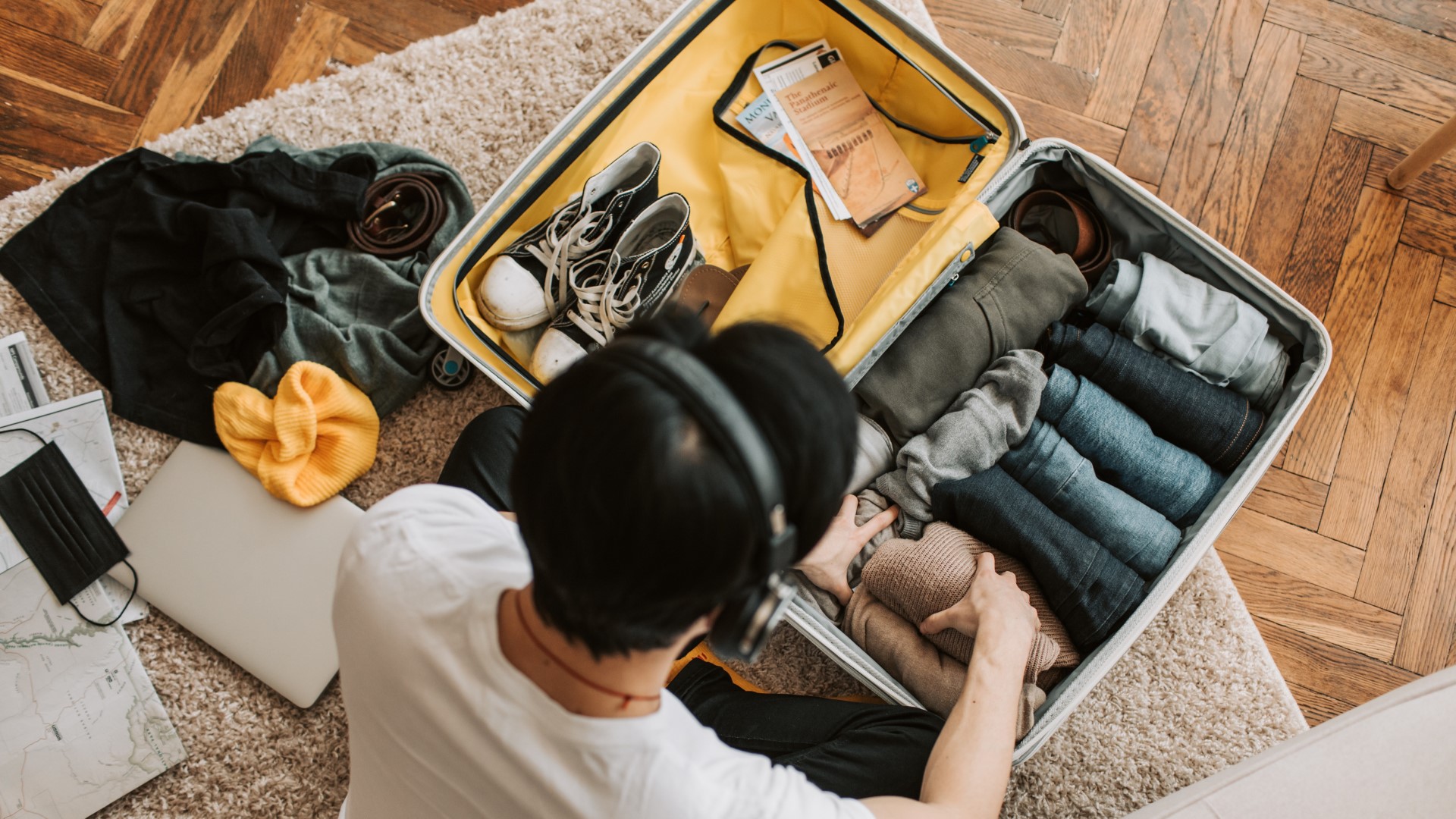
What is the weight limit for luggage?
The weight limit for your suitcase depends on the airline you are flying with and the type of ticket you have. Different airlines and different ticket types have different weight restrictions. Generally, airlines have a checked baggage limit of between 20kg and 32kg, and a carry-on baggage limit of between 5kg and 10kg. When choosing luggage, it is recommended that you check the official website of the airline you are flying or contact customer service to determine the weight and size restrictions of luggage, and choose a suitcase that meets the requirements. Also, the weight of the suitcase itself needs to be considered, as you can carry fewer items if the suitcase itself is heavy, so a lightweight suitcase may be better for longer trips.
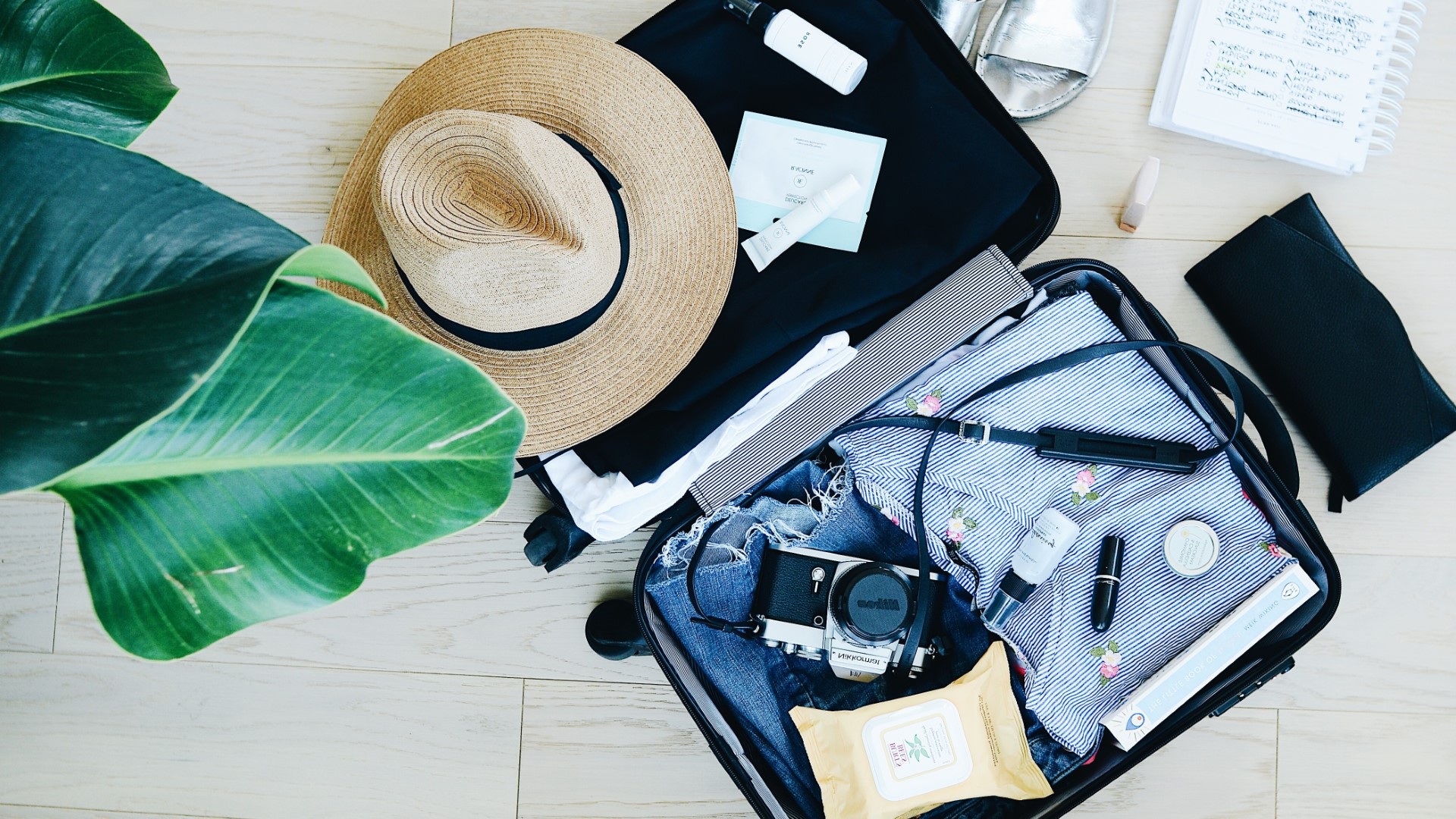
Should luggage be hard or soft?
Choosing between hard or soft shell luggage is mostly a matter of personal preference and travel needs. Here are some pros and cons of hard- and soft-shell luggage to help you choose:
Hard shell luggage:
advantage:
Sturdy and durable: Hard-shell luggage is usually made of plastic, polycarbonate, and other materials that can withstand bumps and scratches for better protection and safety.
Water resistance: Hard-shell luggage is generally water-resistant, which can prevent clothing and items from getting wet or damaged.
Ease of Cleaning: Hard-shell luggage is generally easier to clean and sanitize, making it better for longer trips or multiple uses.
shortcoming:
Heavier: Hard-shell luggage is generally heavier than soft-shell luggage, and its own weight takes up a portion of the luggage limit.
Less bouncy: Hard-shell luggage isn't bouncy, and when fully loaded, it might not squeeze into some small luggage racks or storage spaces.
Scratch-prone: The surface of hard-shell luggage is prone to scratches or scratches, which can be detrimental to its appearance.
Soft Shell Luggage:
advantage:
Lighter: Soft-shell luggage is generally lighter than hard-shell luggage and can carry more items.
Resilient: Soft-shell luggage is resilient and can be squeezed into some small luggage racks or storage spaces.
Easy Storage: Softshell luggage can be folded or shrunk for easier storage.
shortcoming:
Less durable: Soft-shell luggage is generally made of softer materials such as polyester and nylon, which are susceptible to scratches and tears.
Less water-resistant: Soft-shell luggage is less water-resistant than hard-shell luggage and may require the use of plastic bags or duffle covers to protect items.
In short, hard-shell luggage is more suitable for long-distance travel.
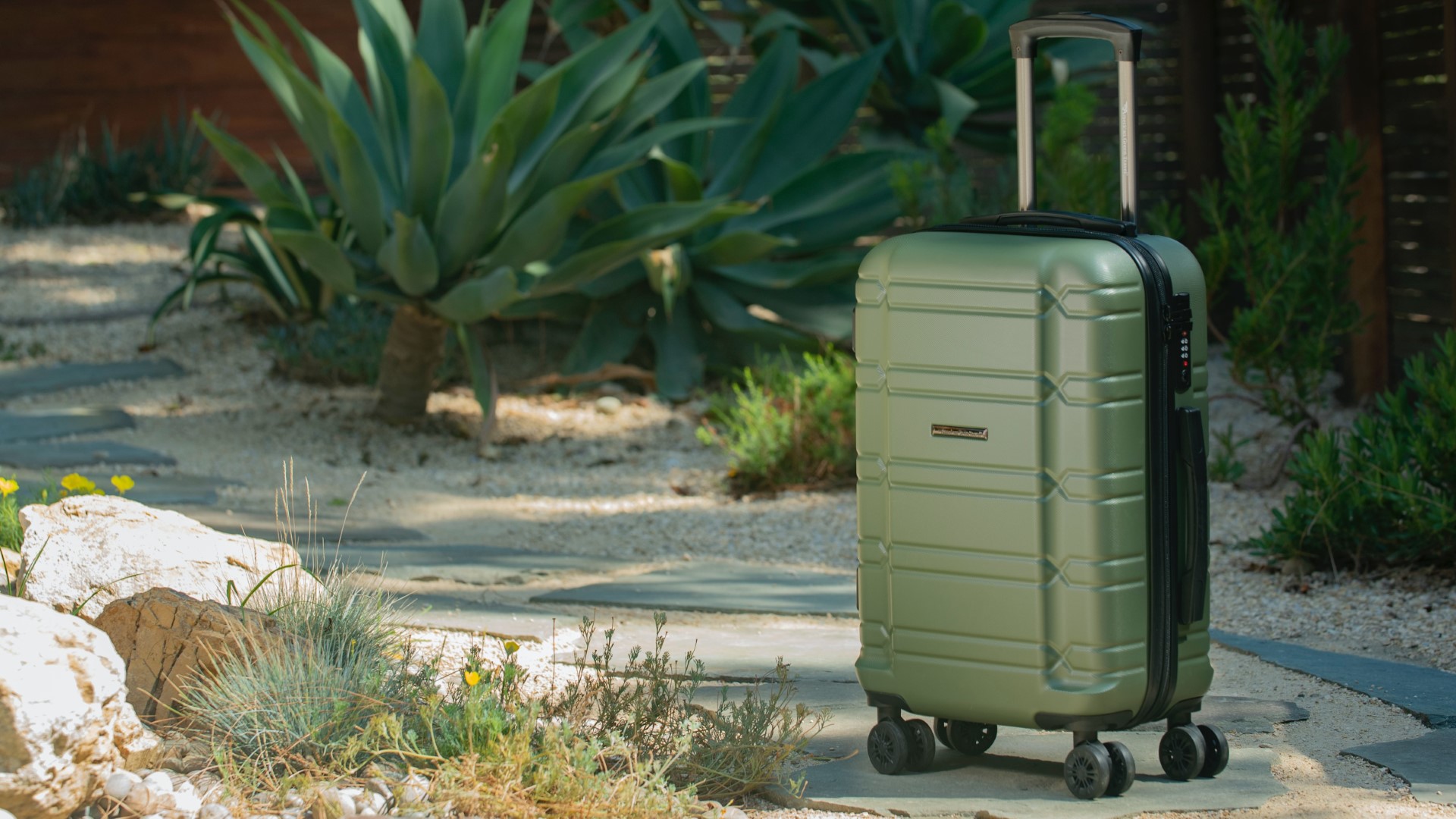
How to choose the material of the suitcase?
The material of the suitcase is a very important factor when choosing a suitcase. Here are some advantages and disadvantages of different materials:
ABS plastic material
advantage:
Lightweight: ABS plastic luggage is relatively lightweight and can carry more items without adding too much weight.
Durable: ABS plastic luggage is durable and can resist most impacts and scratches.
shortcoming:
Poor elasticity: ABS plastic suitcases are not elastic, and when the suitcase is fully loaded, it may not fit into some smaller storage spaces.
PC plastic material
advantage:
Lightweight: PC plastic suitcases are very light, so you can carry more items.
Durable: The PC plastic material luggage case is very durable and can resist most impacts and scratches.
Anti-scratch: Compared with ABS plastic, PC plastic luggage is not easy to scratch.
shortcoming:
Higher cost: PC plastic suitcases are more expensive than ABS plastic suitcases.
polyester fiber material
advantage:
Durable: Polyester luggage is very durable and can withstand most knocks and scratches.
Waterproof: Polyester suitcases are relatively waterproof to keep clothes and items from getting wet or damaged.
shortcoming:
Heavy weight: Polyester suitcases are relatively heavy, so their own weight takes up part of the luggage limit during travel.
leather material
advantage:
Significantly high-end: leather suitcases have a sense of high-end, which can increase the taste and style of travel.
Durable: Leather luggage is very durable and can be used for a long time.
shortcoming:
High cost: The cost of leather suitcases is relatively high.
Heavy weight: the suitcase made of genuine leather

Which brands of suitcases are better?
There are many brands of luggage, and some of the brands with better reviews in the market are listed below:
Samsonite
Samsonite is a leader among luggage brands, with a century-old history, it is a global brand. Samsonite luggage has a variety of sizes, styles and materials, the most famous of which is the Cosmolite series, which uses lightweight materials and innovative designs.
Rimowa
Rimowa is a high-end luggage brand from Germany, famous for its classic aluminum frame and hard shell luggage, but also launched many lightweight luggage, such as Topas series and Classic Flight series.
Tumi
Tumi is an American brand known for its high-end design and high-quality materials. Its luggage uses lightweight materials and innovative designs to meet the needs of travelers while also possessing extremely high quality.
American Tourister
American Tourister is a brand of Samsonite. Its suitcases are more affordable and have more styles and designs. Its most popular series include Bon Air, Herolite and Soundbox, among others.
Delsey
Delsey is a brand from France, the quality and design of its luggage are very popular, and the price is relatively affordable. Its most popular series include Helium Aero, Chatelet, and Montmartre Pro, among others.
These brands have good products in different price and quality ranges, and consumers can choose the suitcase brand that suits them according to their needs and budget.
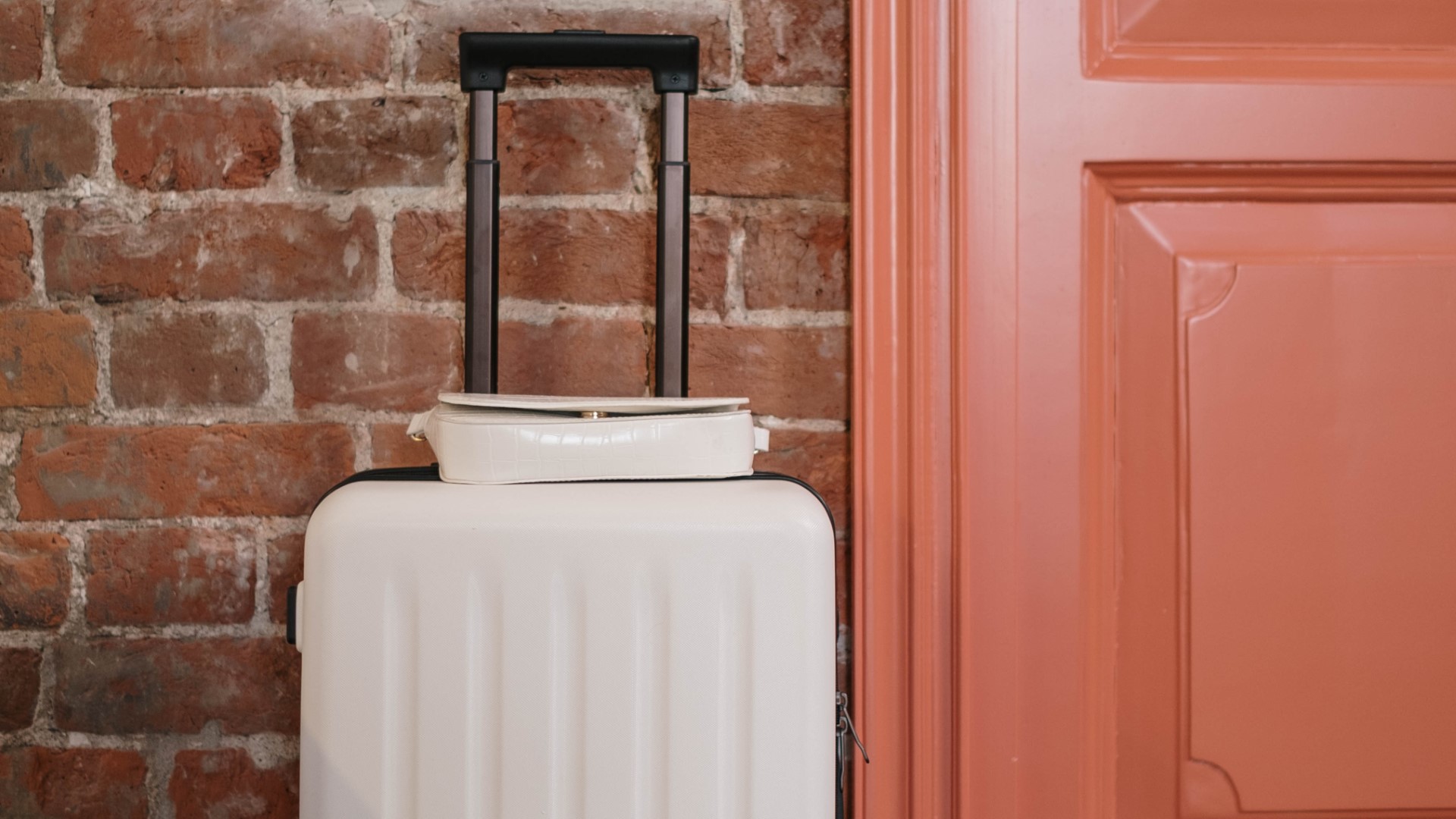
What types of luggage wheels are there?
The wheels of luggage usually have the following types:
fixed wheel
Fixed wheels are the simplest type of wheels, they cannot turn, they can only roll forward or backward. Fixed wheels are generally stronger and more durable than other types of wheels, but they can be a bit more difficult to turn.
two wheels
Also known as "straight wheels," they are two wheels that can roll forward or backward, but not sideways. The advantage of two wheels is that it is more stable when rolling in a straight line, but it may require some force when turning.
spinning wheel
Spinning wheels are also known as "omni-directional wheels" or "four-wheel turning wheels", which are composed of four wheels and can rotate in any direction. The advantage of the swivel wheels is that they are easy to maneuver and easy to roll, making it easy to move the luggage around tight spaces and around turns.
fly wheel
Also known as "big wheels" or "trail wheels," fly wheels are large wheels that are often used on luggage. These wheels can easily traverse uneven ground, such as gravel roads or uneven grass, but may not work well in crowded spaces or narrow passages.
The above are some main types of luggage wheels. Different types of wheels have different advantages and disadvantages. Consumers can choose the appropriate type of luggage wheels according to their needs and usage environment.
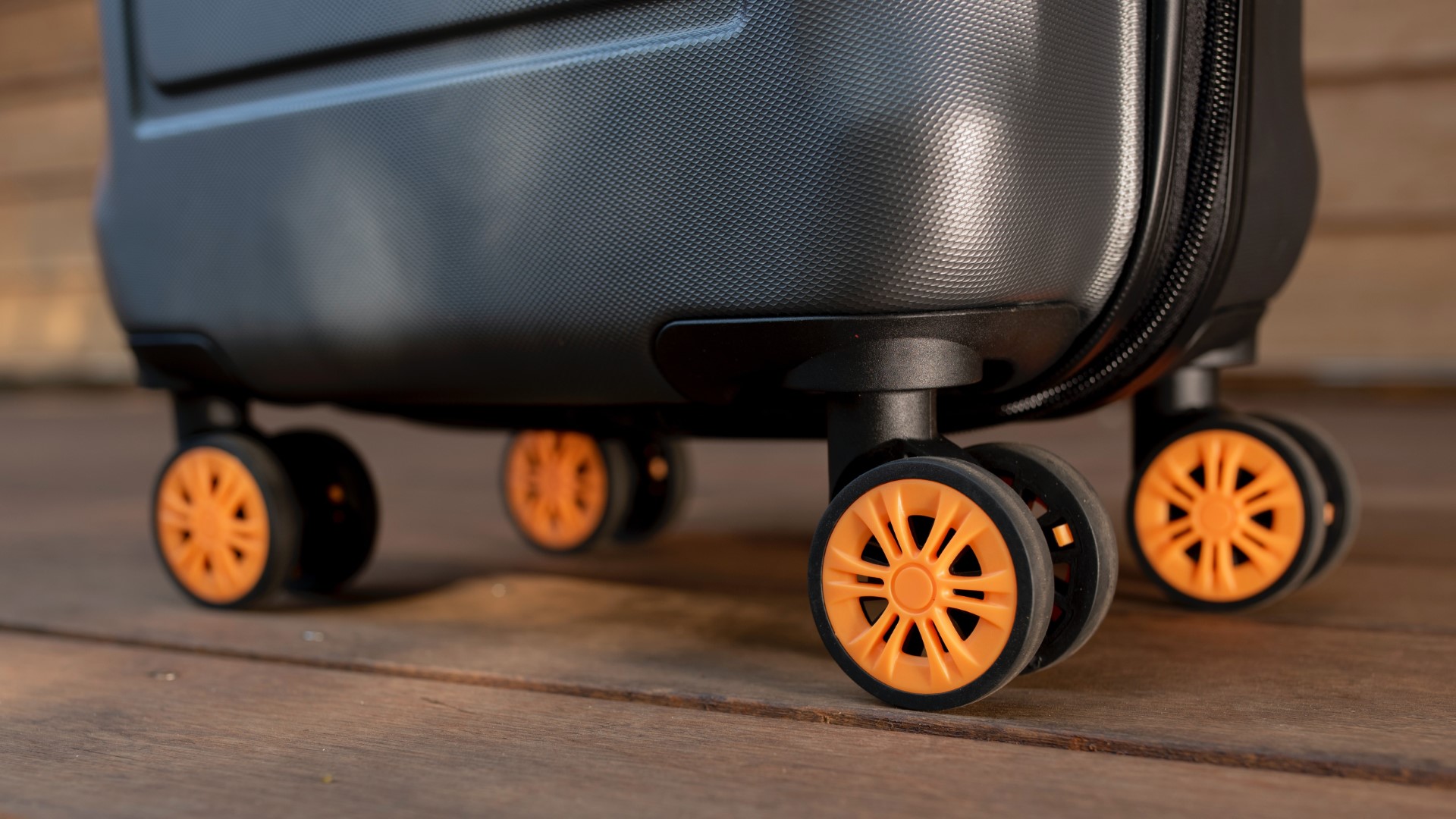
How is the suitcase maintained?
Here's how to maintain your suitcase:
Regular cleaning: Use a damp cloth or sponge to clean your luggage, especially after a long trip. If the surface of the luggage is stained, it can be cleaned with a mild detergent and water, but avoid using acidic or alkaline cleaners, as these chemicals may damage the surface of the luggage.
Avoid prolonged exposure: Luggage should be protected from prolonged exposure to sunlight as sunlight may damage the plastic or leather material on the surface of the luggage and fade the color.
Pay attention to storage: When the suitcase is not in use, it should be stored in a dry and ventilated place, avoiding humidity and high temperature environment.
Avoid overloading: choose a suitcase that suits your travel needs, and avoid overloading, because an overweight suitcase may damage the wheels or handles, and even cause travel inconvenience.
Keep the wheels in good condition: Wheels are one of the key parts of the luggage. To keep the wheels in good condition, check the wheels regularly for damage or jamming, and replace or repair them in due course.
Use a luggage cover: If you travel a lot or your luggage needs to be stored for a long time, consider using a luggage cover, which can protect the surface of the luggage from scratches or stains.
In general, the key to maintaining your luggage is regular cleaning and attention to the environment in which it is used. If you take good care of your luggage, it can become your long-term reliable travel companion.
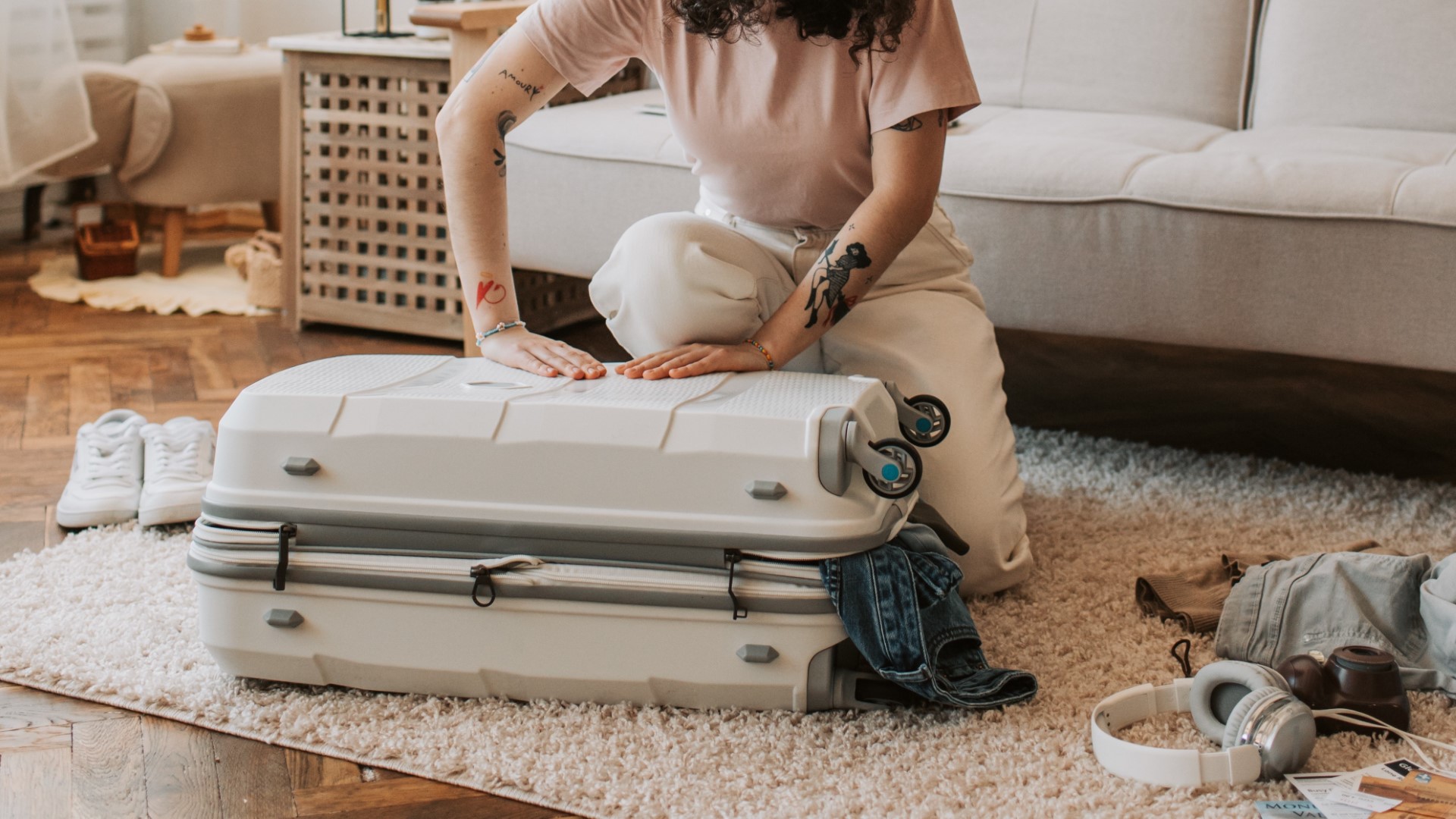
How to use the password lock of the suitcase?
Many suitcases come with combination locks, here's how to use them:
Set password: When you use the suitcase for the first time, you need to set a password first. Usually, the combination lock on the luggage has a preset combination, you need to open the luggage first, find the reset button on the combination lock, press and keep pressing. At the same time, you need to set a new three-digit password until you hear the sound of "beep beep", indicating that the setting is successful.
Open combination lock: When you use the suitcase next time, you need to use the password you set to open the combination lock. Usually, you need to align the three numbers on the combination lock with the unlocked position of the luggage, and then pull up the combination lock handle. If you enter the correct combination, the handle pops out and releases the trunk.
Reset password: If you forget the set password, or need to change the password, you can press the reset button on the combination lock, and then reset a new password according to the above steps.
Note: When using the combination lock, please pay attention to whether the password entered is correct, and avoid entering the wrong password many times, otherwise the combination lock may be locked and needs to be reset with special tools.
In general, when using the combination lock of the suitcase, you need to pay attention to entering the correct password and changing the password regularly to ensure the safety of your belongings.
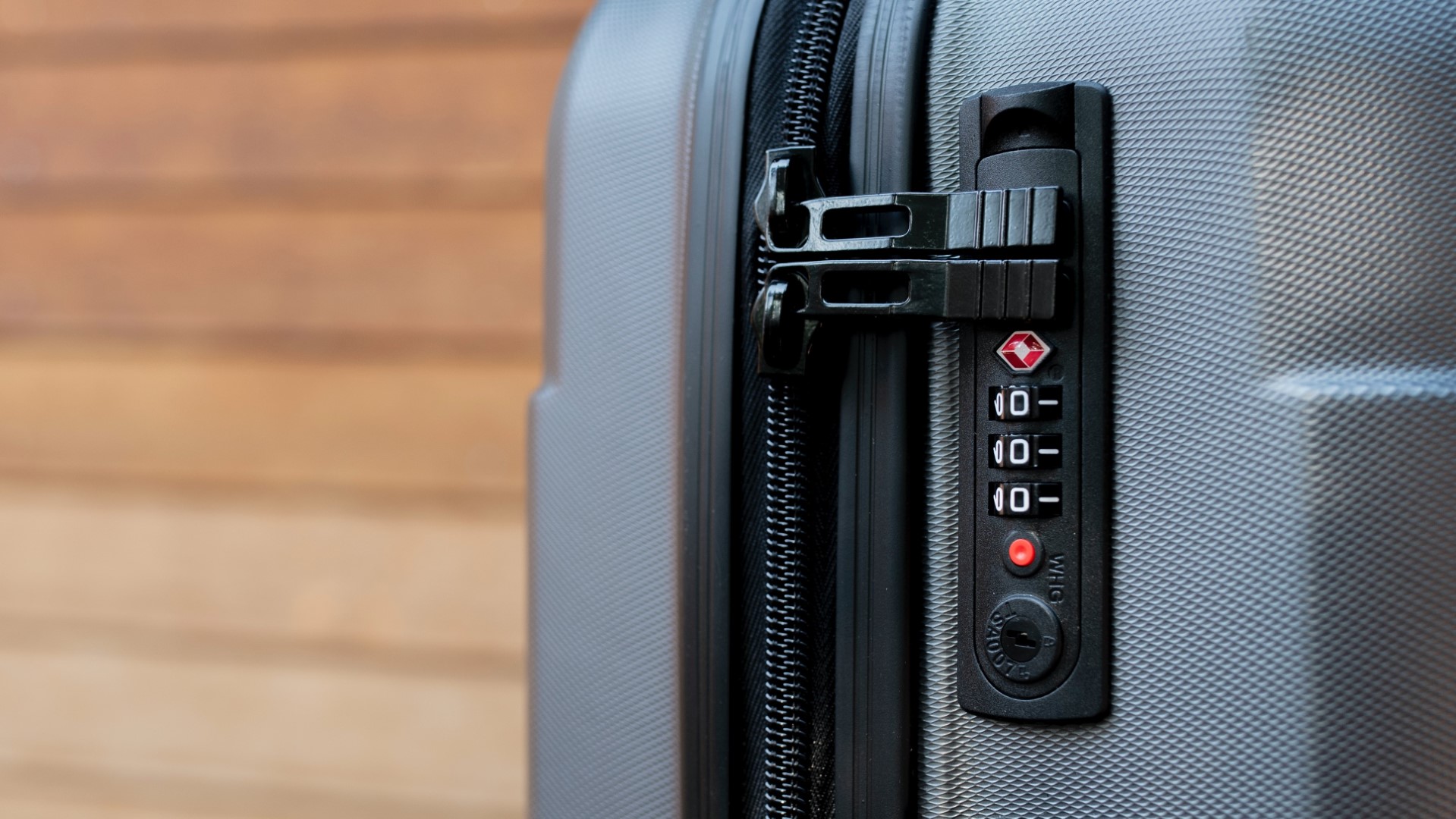
Can the suitcase be checked for valuables?
Luggage can usually be checked in for valuables, but you need to be aware of the following:
Check the airline's regulations: Different airlines have different regulations on consigning valuables. It is recommended to read the airline's regulations carefully before boarding. For example, some airlines may prohibit valuables such as jewelry and cash as checked baggage.
Use a hard-shell suitcase: Hard-shell suitcases are usually stronger than soft-shell suitcases, and can better protect valuables inside your luggage. In addition, hard-shell luggage is better sealed to prevent dust and moisture from entering.
Use special packaging: For particularly valuable items, it is recommended to use special packaging methods for protection, such as tight packaging with foam plastic or air cushion film.
Attention should be paid to consigning valuables: it is recommended to put valuables in the center of the suitcase to avoid being hit by external forces, or put valuables in the middle of clothes or other soft items to play a buffer role. Also, affix a fragile label to the suitcase for extra care while in transit.
In conclusion, if you need to check in valuables, check the airline's regulations carefully, choose sturdy hard-shell luggage, and use special packaging for protection. At the same time, make full preparations and precautions before consignment to ensure that your valuables are transported safely.
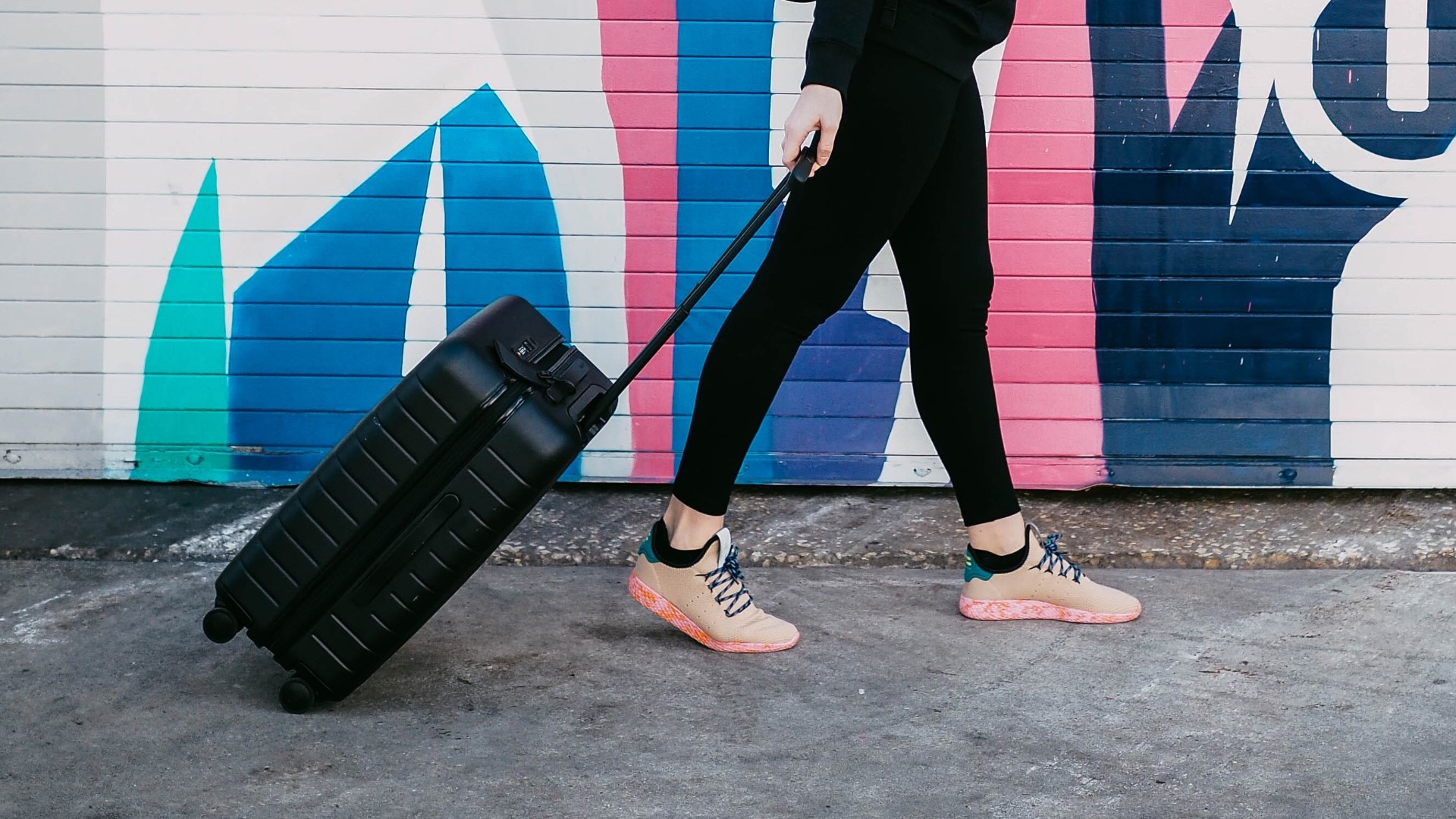
How can luggage be kept from being lost or damaged at the airport?
Here are a few tips to help you avoid luggage being lost or damaged at the airport:
Make sure your luggage is tagged: Label your luggage with information such as your name, contact details and destination address so it can be found if lost. Solid labels are recommended over paper labels as they are more durable.
Choose sturdy and durable luggage: Choosing sturdy and durable luggage can reduce the risk of your luggage being damaged in transit. Hard-shell luggage is more resistant to pressure and vibration, while soft-shell luggage is softer and better suited for fragile items.
Put identification marks on the luggage: Putting identification marks on the luggage, such as colored ropes, stickers, etc., can make it easier for you to identify your luggage at the airport and reduce the risk of luggage loss.
Do not put important items in checked luggage: Please do not put valuables, passports, cash and other important items in checked luggage to avoid loss or damage. It is recommended to pack these items in your handbag or carry-on luggage.
Choose a suitcase with a combination lock: A combination lock on your suitcase can protect your belongings from theft. It is recommended to choose a suitcase that can set a password by itself instead of using a factory preset password.
Check the luggage's tie rods and wheels: When choosing a suitcase, the quality and operation of the tie rods and wheels should be carefully inspected. The tie bars should be strong and the wheels should be flexible so you can move your luggage around the airport.
